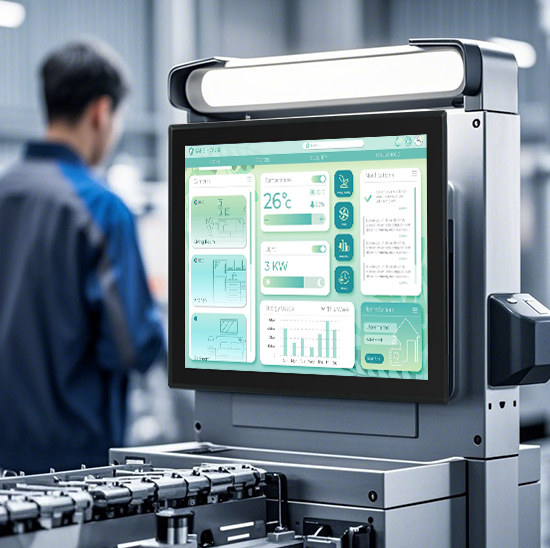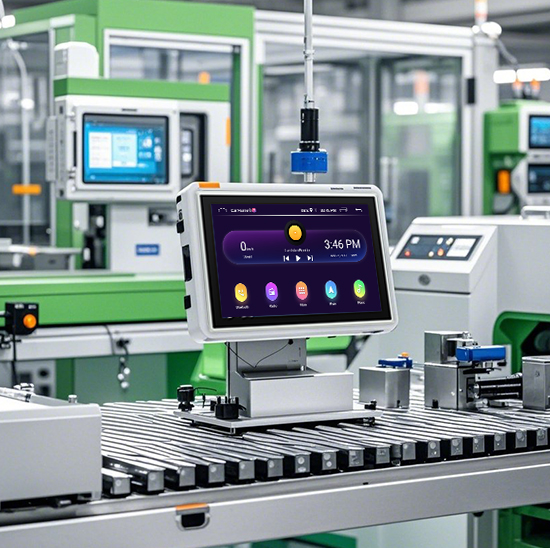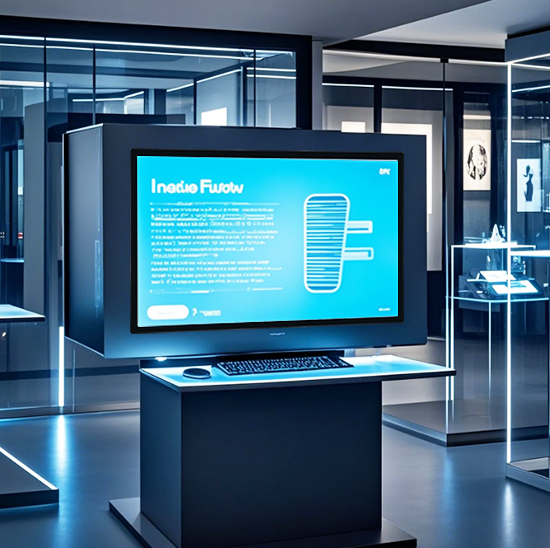Le stationnement est l'une des parties les plus stressantes de la conduite, en particulier pour les nouveaux conducteurs, Dans les espaces urbains serrés, ou avec de gros véhicules comme les VUS ou les camions. Un écran tactile de stationnement modifie ceci: C'est le centre central des outils d'assistance de stationnement de votre voiture, turning blurry rearview mirrors and guesswork into clear visuals, step-by-step guidance, and real-time alerts. Unlike basic parking sensors that only beep, this touch screen displays live camera feeds (from rear, side, and 360° cameras), overlays parking guidelines, and even lets you adjust assist settings with a tap. Whether you’re tackling parallel parking on a busy street or squeezing into a tight garage spot, a well-designed Parking Assist Touch Screen turns frustration into confidence. This guide will break down how these screens work, what to look for when choosing one, and how to get the most out of their features—helping you park safely and easily, every time.

Core Features of a Parking Assist Touch Screen
A high-quality Parking Assist Touch Screen isn’t just a “display”—it’s a proactive tool that enhances parking accuracy and safety. Here are its must-have features:
1. Multi-Camera Feed Integration
The best screens combine feeds from multiple cameras to eliminate blind spots:
- Rearview camera feed: Displays a wide-angle view of what’s behind the car (with distance markers) when you shift into reverse—critical for avoiding pedestrians, curbs, or small objects (par exemple., bike racks).
- 360° bird’s-eye view: Stitches together feeds from front, rear, and side cameras to show a top-down view of the car and its surroundings. This is a game-changer for tight spots, as you can see how close you are to other cars or garage walls.
- Side-view (blind spot) feed: Activates when you signal to turn, showing cars or cyclists in your blind spot—perfect for parallel parking when you need to check lanes.
2. Dynamic Parking Guidelines
Static guidelines (fixed lines) aren’t enough—dynamic ones adapt to your steering:
- Path prediction: As you turn the steering wheel, the screen overlays colored lines (par exemple., green for safe, red for too close) that show exactly where the car will park. This takes the guesswork out of parallel or perpendicular parking.
- Distance markers: Horizontal lines on the screen indicate how far you are from objects (par exemple., “1m,” “0.5m”)—so you know when to stop without hitting curbs or other vehicles.
- Customizable views: Let you switch between “wide” (for small spots) or “zoom” (for precise alignment, par exemple., parking near a charging port) modes.
3. Real-Time Alerts and Assist Modes
The screen works with your car’s sensors to keep you safe:
- Object detection alerts: Flashes red on the screen and beeps if you’re getting too close to an object (par exemple., a pole or another car). Some models even highlight the object on the camera feed for clarity.
- Parking mode selection: Lets you choose between “Parallel Parking,” “Perpendicular Parking,” or “Garage Parking”—the screen then tailors guidelines and alerts to that specific scenario.
- Commande manuelle: Lets you adjust the car’s position (via touch controls) if the parking assist system needs a little help—ideal for uneven or non-standard parking spots.
How to Choose the Right Parking Assist Touch Screen
Not all screens are equally effective—these factors ensure you get one that fits your driving needs:
1. Match to Your Vehicle Type and Parking Needs
- New drivers or small cars: Prioritize 360° bird’s-eye view and simple, large guidelines—these reduce anxiety and make basic parking easier.
- Large vehicles (SUVs, trucks): Look for wide-angle camera feeds and zoom capabilities—large cars have bigger blind spots, so you need more detailed visuals.
- Urban drivers: Choose screens with fast camera response times (moins que 0.5 secondes) and low-light performance (infrared cameras for night parking).
2. Evaluate Screen Quality and Usability
- Size and resolution: A 7–10 inch screen is ideal—big enough to see details, but not so big it blocks your view of the road. Aim for 1280×720 (HD) résolution, so camera feeds are sharp (no blurriness when judging distances).
- Touch responsiveness: The screen should register taps instantly (no lag) when switching camera views or adjusting settings—you don’t want to fumble with a slow screen while parking.
- Lisibilité au soleil: Anti-glare coating and high brightness (500+ nits) ensure the screen is visible in direct sun—no squinting to see guidelines on a sunny day.
3. Check Compatibility with Your Car’s Systems
- Aftermarket vs. Socle: OEM screens (factory-installed) are designed for your car’s specific camera setup and sensors—they’re more reliable but cost more. Aftermarket screens work with most cars but may need adapters for camera integration (ask the supplier for vehicle-specific compatibility).
- Intégration du capteur: Ensure the screen works with your car’s parking sensors (ultrasonic or radar)—if not, alerts won’t sync with the camera feed, reducing safety.
Tips to Get the Most Out of Your Parking Assist Touch Screen
Maximize safety and convenience with these simple practices:
1. Calibrate the Camera and Guidelines
- Most screens let you calibrate guidelines if they’re off (par exemple., after a camera repair). Follow the on-screen steps to align lines with your car’s actual turning path—this ensures accuracy.
2. Use the Screen as a Tool (Not a Replacement for Checking Mirrors)
- The screen is a helper, not a substitute for looking over your shoulder. Always glance at your rearview and side mirrors before parking—this catches things the camera might miss (par exemple., a small child or low object).
3. Practice in Empty Lots First
- If you’re new to the screen, practice parking in an empty parking lot. Try parallel and perpendicular spots to get used to the guidelines and camera views—this builds confidence before you park in busy areas.
FAQs About Parking Assist Touch Screens
T1: Will a Parking Assist Touch Screen work in the rain or snow?
A1: Yes—most cameras have water-resistant housings, and the screen’s anti-glare coating repels water droplets. For heavy snow, wipe the camera lenses first (they’re usually near the rear bumper or side mirrors) to keep feeds clear.
T2: Can I install a Parking Assist Touch Screen in an older car without existing cameras?
A2: Yes—aftermarket kits include the screen, appareils photo, and wiring. You’ll need to mount cameras (rear, front, or side) and connect them to the screen—hire a professional for installation to ensure cameras are positioned correctly.
T3: What if the screen freezes or the camera feed cuts out while parking?
A3: Restart the screen (hold the power button for 10 secondes) if it freezes. If the feed cuts out, check the camera wiring (loose connections are common). Pour les problèmes persistants, contact the supplier or a technician—don’t park without a working feed.
T4: Do these screens work for automatic parking systems?
A4: Yes—many automatic parking systems use the Parking Assist Touch Screen to show the parking path and let you confirm the spot. The screen will display “Ready to park” and let you tap “Start” to activate automatic steering.
A Parking Assist Touch Screen turns one of driving’s most stressful tasks into a simple, safe process—whether you’re a new driver, urban commuter, or owner of a large vehicle. By prioritizing multi-camera feeds, dynamic guidelines, et la convivialité, you can choose a screen that fits your needs and builds confidence behind the wheel.
If you’re unsure which Parking Assist Touch Screen fits your vehicle (par exemple., need help with aftermarket installation for an older car, want to compare screens for SUVs vs. small cars), Remplissez le formulaire sur notre site Web. Our automotive tech team will analyze your vehicle make/model, parking habits (par exemple., city vs. suburban), and budget to recommend a tailored solution—helping you park easily and safely, à chaque fois.



